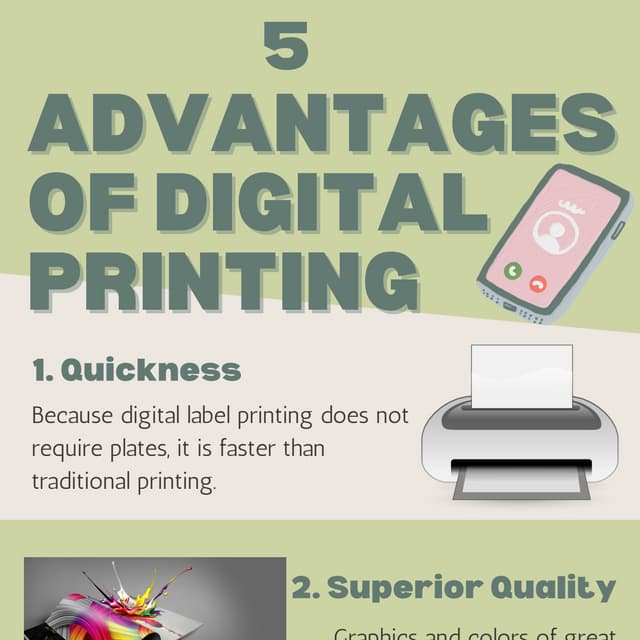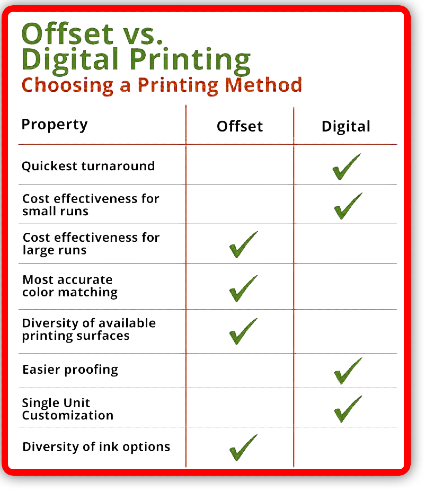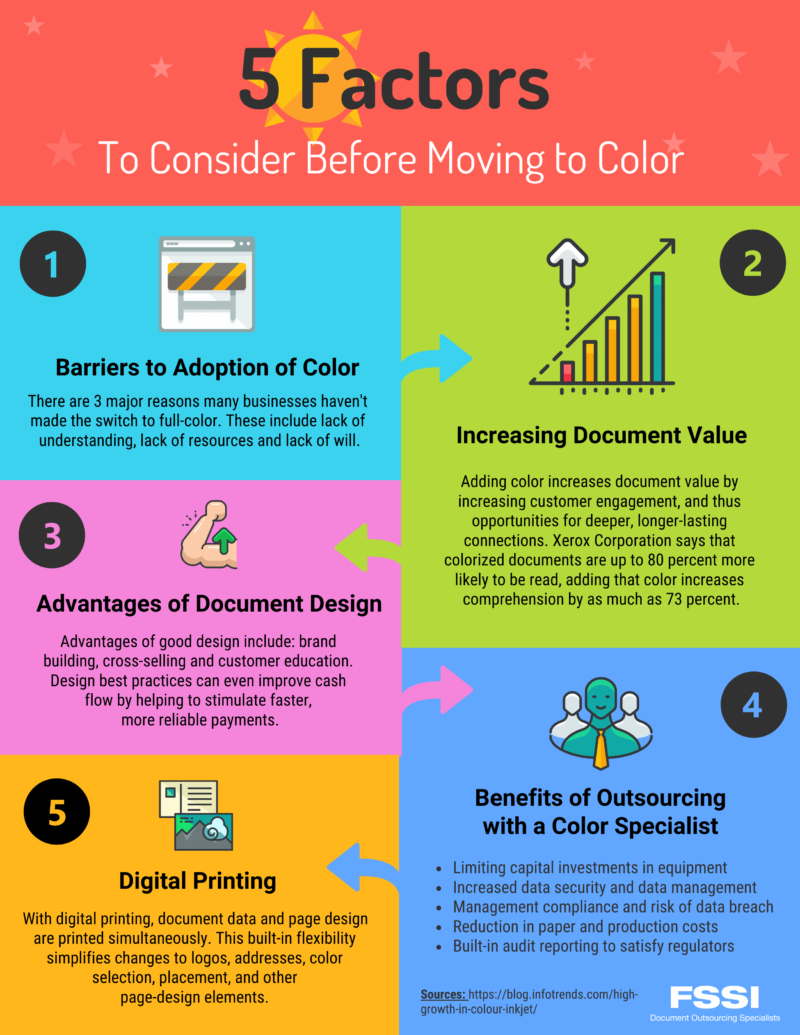Digital Printing Fundamentals Explained
Digital Printing Fundamentals Explained
Blog Article
A Biased View of Digital Printing
Table of ContentsThe Basic Principles Of Digital Printing The smart Trick of Digital Printing That Nobody is Talking AboutThe Ultimate Guide To Digital PrintingOur Digital Printing DiariesOur Digital Printing Diaries5 Simple Techniques For Digital Printing
Variable information printing, such as straight mail with customized codes and addresses, is preferably matched for digital printing. Digital fast printing just needs 4 steps of design, evaluation, printing and binding to get whatever done. Digital fast printing has an unmatched benefit: print on demand.According to PMMI, digital printing enables brand names and suppliers to respond swiftly to consumer demands while enhancing the supply chain, decreasing warehousing cost and waste, and taking pleasure in faster time to market. That all sounds fantastic, yet just how does this modern technology do all that? The significant differentiator of these innovations is that there are no set up costs and no plates with digital printing.
Some Known Incorrect Statements About Digital Printing
According to Wikipedia, the best difference between digital printing and conventional methods such as lithography, flexography, gravure, or letterpress - Digital Printing is that there is no need to replace printing plates in digital printing, whereas in these analog printing techniques the plates are repeatedly replaced. This results in quicker turn-around time and decreases price when using digital printing.
Digital printing is highly versatile, so it's simple to make changes to the plan style rapidly. It all goes back to the plates.
With standard printing approaches, short-run printing is just not feasible. Since an excellent style can make or damage your product, electronic printing consistently creates high-grade, clear and vibrant graphics each time.
Digital printing is the process of printing digital-based pictures directly onto a range of media substratums. There is no requirement for a printing plate, unlike with offset printing. Digital documents such as PDFs or desktop publishing files can be sent out straight to the electronic printing machine to publish on paper, picture paper, canvas, textile, synthetics, cardstock and other substrates.
Some Known Incorrect Statements About Digital Printing
According to PMMI, electronic printing allows brand names and makers to respond quickly to consumer demands while improving the supply chain, lowering warehousing price and waste, and enjoying faster time to market. That all noises wonderful, but how does this innovation do all that? The major differentiator of these innovations is that there are no set up fees and no plates with electronic printing.
According to Wikipedia, the greatest distinction between electronic printing and traditional methods such as lithography, flexography, gravure, or letterpress is that there is no need to replace printing plates in electronic printing, whereas in these analog printing methods home plates are continuously replaced. This leads to quicker turnaround time and reduces expense when using digital printing.

Examine This Report about Digital Printing
A lot more stock can imply more waste down the roadway. With traditional printing approaches, short-run printing is simply not feasible. Due to the fact that a wonderful design can make or break your product, digital printing consistently produces top quality, clear and vibrant graphics each time. Digital printing on versatile pouches includes the bright, lively, and exact graphics that virtually bid customers to get to out and touch them.

According to PMMI, electronic printing permits brands and makers to react rapidly to consumer demands while enhancing the supply chain, decreasing warehousing cost and waste, and enjoying faster time to market. That all noises terrific, however just how does this innovation do all that? The major differentiator of these modern technologies is that there are no set up costs and no plates with electronic printing.
The 5-Second Trick For Digital Printing
According to Wikipedia, the best distinction between electronic printing and conventional techniques such as lithography, flexography, gravure, or letterpress is that there is no need to replace printing plates in digital printing, whereas in these analog printing methods the plates are continuously changed. This results in quicker turnaround time and decreases expense when using electronic printing.
Digital printing is extremely adaptable, so it's simple to make modifications to the package style quickly. It all goes back to the plates.

Digital Printing for Dummies
Digital printing is the process of printing digital-based pictures directly onto a selection of media substrates. There is no requirement for a printing plate, unlike with balanced out printing. Digital documents such as PDFs or desktop computer publishing files can be sent out straight to the electronic why not try here printing press to print on paper, photo paper, canvas, fabric, synthetics, cardstock and various other substratums.
Report this page